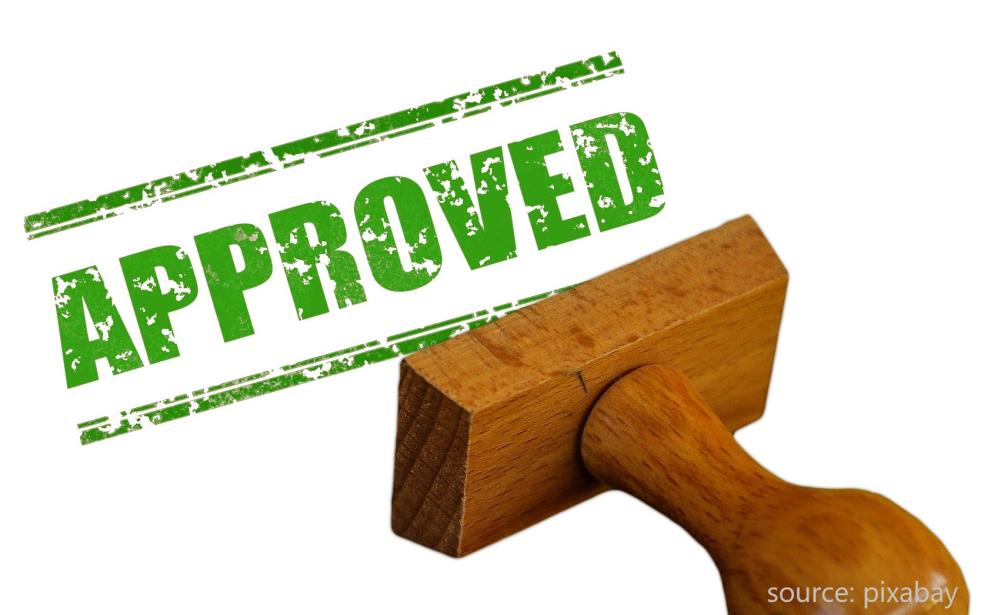
Written by Mr. Jian Xu, IP Expert and collaborator of the China IP SME Helpdesk
Filing
There is a 30 month deadline for National stage entry in China counted from the earliest priority date of the PCT application. Conventional patent application under the Paris Convention should be filed within 12 months following the priority date. An Chinese translation of the PCT application must be filed at entry of the national phase, and the conventional patent application must be filed in Chinese version which will be deemed as originally filed application documents. The PCT publication can be used as support for amendments to the application, while the priority application cannot support for the conventional application.
It is not possible to reinstate the missed term for a PCT entry, however, a grace period of two months from 30 month deadline is available under the payment of the official fee of CNY 1000 (c.a. USD 150). Again, the Chinese translation must be filed within the grace period.
Chinese patent law provides for a grace period of 6 months prior to the filing date or priority date if applicable (or international filing date for PCT applications being entered into national phase). A disclosure of an invention in an international conference or Exhibition, which is acknowledged by the Chinese government, made by an inventor, an applicant or any person who received information from an applicant or inventor during this grace period will not jeopardize the novelty of the application.
Formalities, amendments
The official excess claim fee is CNY 150 (c.a. USD 25) per each claim in excess of 10.
Under China practice a multiple dependent claim is acceptable but it cannot depend from other multiple dependent claims.
Voluntary amendments to a Chinese national phase application can be filed at entry of the national phase under PCT Article 28/41, when requesting the substantive examination or within three months after the application enters the substantive examination. Voluntary amendments to a Chinese conventional application can be filed when requesting the substantive examination or within three months after the application enters the substantive examination. After receiving the first office action, the amendment should be directed to the issues raised in the office action under the current patent practice here.
Substantive examination
Examination can be requested either at the time of filing or within three years from the International filing date (the priority date if applicable). Substantive examination usually begins within one year from the date of filing the request for examination.
There is no expedited examination in China other than PPH for an applicant outside of China mainland. A PPH request can be filed after the application has entered the substantive examination and published procedure.
Divisional applications
A divisional patent application can be filed voluntarily, without any connection to any rejection contained in an Office Action (such as a lack of unity rejection). In other words, in China, a divisional application can be filed for any reason. However, a further divisional application (grandchild) is not allowed to file based on a divisional application unless a unity rejection is raised in the divisional application.
Time Period for Filing a Divisional Application
A divisional application can be filed at any time provided the application is alive:
- Within 3 months from the date of receipt of a Notice of allowance of patent for the parent application;
- Within 3 months from the date of receipt of a Rejection Decision in a parent application;
- During a reexamination procedure (appeal before the Patent Reexamination Board);
- Within 3 months from the date of receipt of a Rejection Decision in a parent application;
- During the period of appeal against the Reexamination Decision in the Court.
Requirements for Filing a Divisional Application
- Submission of a copy of the specification (including the abstract), claims and drawings of the divisional application as well as an entry form indicating the name and address of the applicant and the inventor(s);
- The divisional application cannot include any subject matter not disclosed in the parent application; and
- The parent application and the divisional application cannot claim identical subject matter.
More than one divisional application can arise from a parent application.
Claims of a Divisional Application
A divisional application may be filed with the claims as originally filed in the parent application or PCT application. However, the claims of a divisional application filed containing the claims of a parent or PCT application will need to be amended at some point prior to issuance to ensure that neither the parent or divisional application claim identical subject matter. In other words, overlapping of claimed subject matters in the parent and the divisional application is permitted as long as the double patenting issue does not arise as discussed below.
Double Patenting
Any patent issuing from a parent and a divisional application cannot claim the identical subject matter as this would present a double patenting problem. In order to determine whether or not a double patenting exists, the claims as allowed are examined to determine whether or not identical subject matter is being claimed. Specifically, claimed subject matter will be recognised as being identical if:
- The independent claims in the parent and divisional application are completely (100%) identical with one another; or
- One or more independent claims in the parent or divisional application recite one or more alternatives and the one or more alternatives are identical with one or more alternatives claimed in the parent or (another) divisional application.
This article was originally published on Dr Jian Xu's Linkedin profile.
Dr Jian Xu is the managing director of Gowling WLG’s Beijing office, and heads up the firm’s Chinese intellectual property practice. He is a dual qualified Chinese lawyer and patent and trademark attorney practising since 2006. He is the author of the book “Chinese Intellectual Property – A Practitioner’s Guide“, published by China IP Publishing House in 2013.
Details
- Publication date
- 20 July 2021
- Author
- Executive Agency for Small and Medium-sized Enterprises
